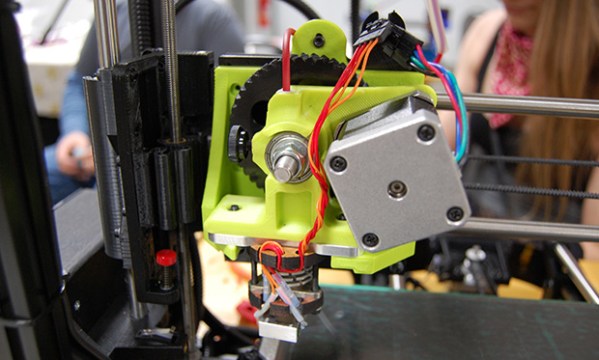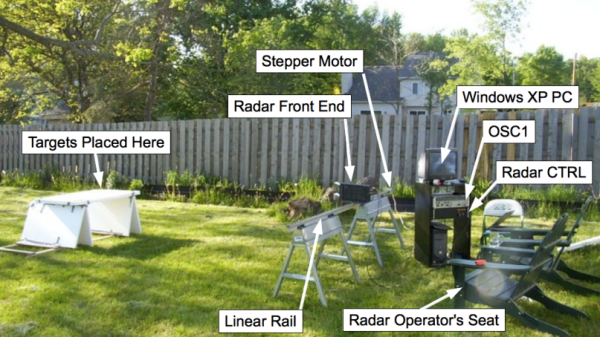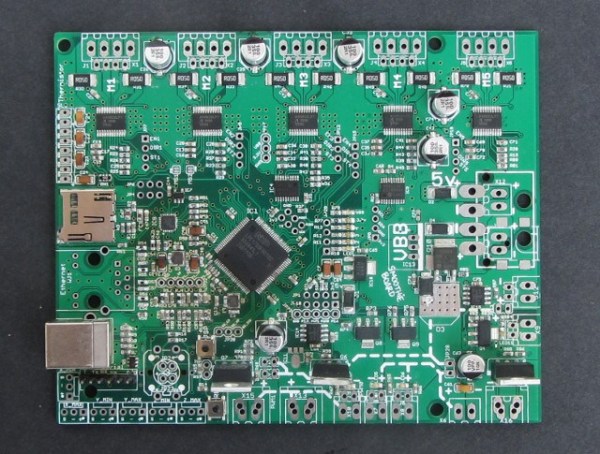A lot of the big names in 3D printers were at the Midwest RepRap festival showing off their wares, and one of the biggest was Lulzbot with their fabulous Taz 3 printer. This year, they were showing off a new filament, a new extruder, and tipping us off to a very cool project they’re working on.
The new products Lulzbot is carrying are Ninjaflex filament and the extruder to go with it. Ninjaflex is the stretchiest filament we’ve ever seen, with the feel of a slightly hard silicone rubber. Straight off the spool, the filament will stretch to a little less than twice its original length, and in solid, printed form its a hard yet squishy material that would be perfect for remote control tank treads, toys, and 3D printed resin molds. With all the abuse the sample parts received over the weekend, we’re going to call Ninjaflex effectively indestructible, so long as you don’t try to pull the layers apart.
Also from Lulzbot is word on the new 3D scanner they’re working on. The hardware isn’t finalized yet, but the future device will use a webcam, laser, and turntable to scan an object and turn it directly into an .STL file. Yes, that means there won’t be any point clouds or messing about with Meshlab. Lulzperson [Aeva] is working on the software that subtracts an object from its background and turns it into voxels. The scanner will be low-cost and open source, meaning no matter what the volume of the scanner will be, someone will eventually build a person-sized 3D scanner with the same software.
Videos of [Aeva] below showing off the new stuff and talking about the scanner.

















